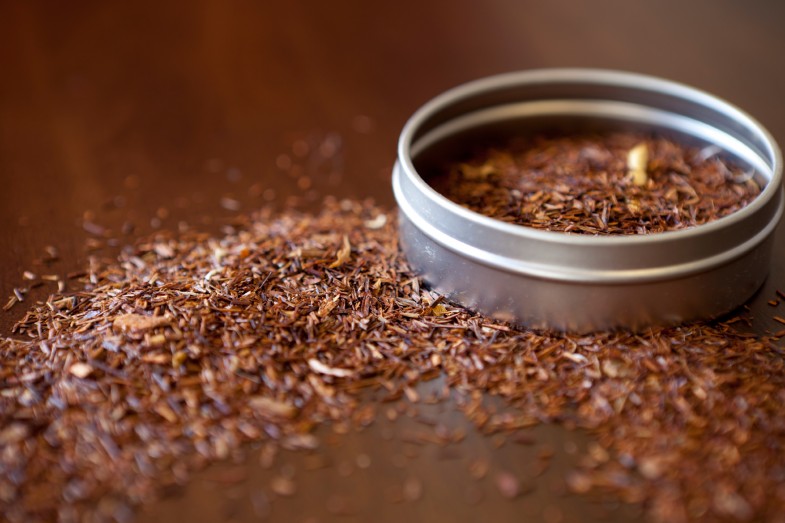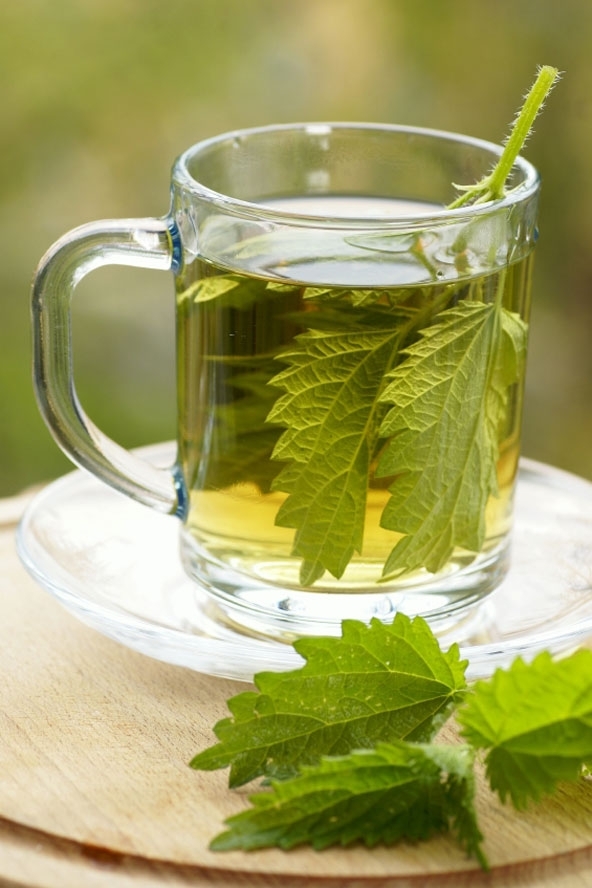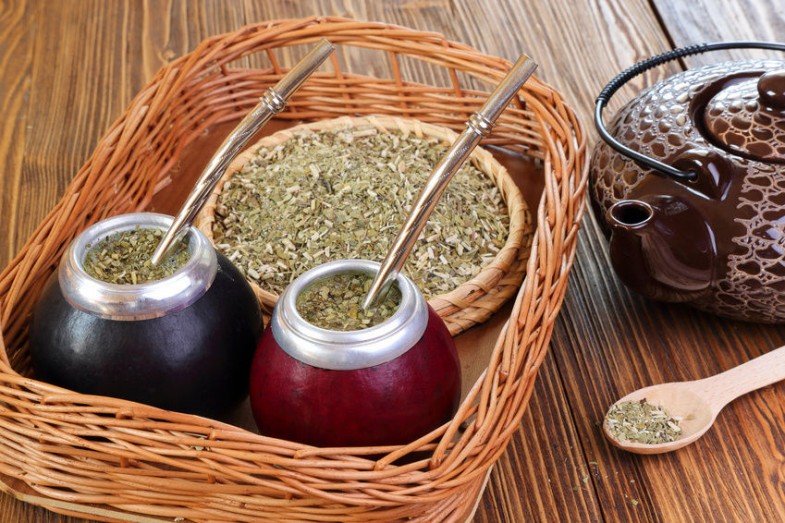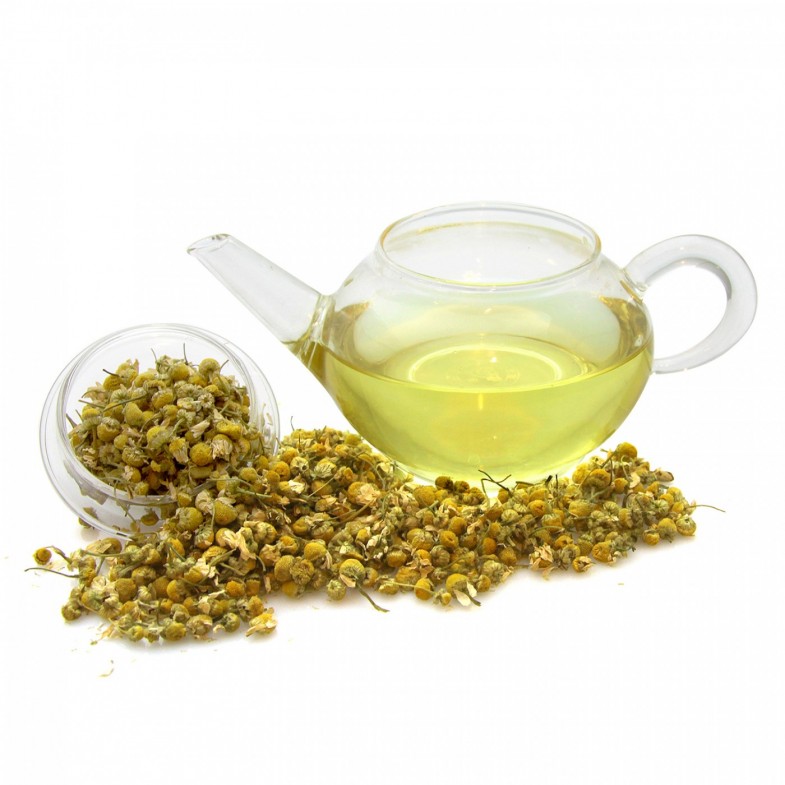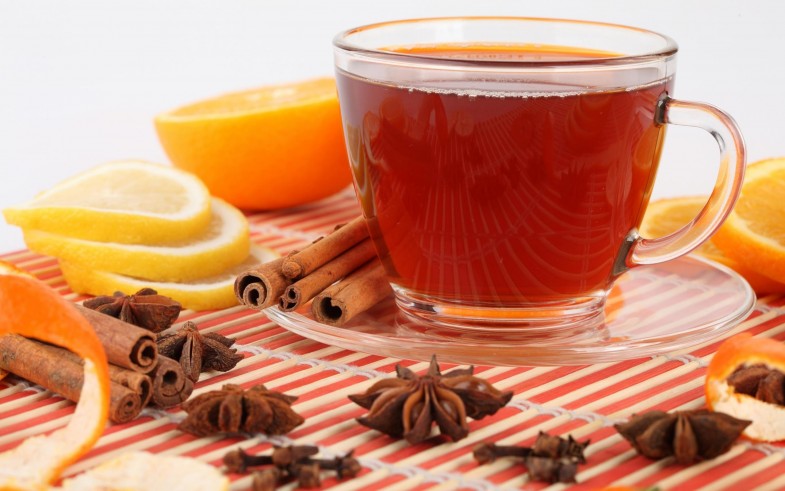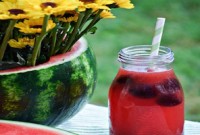
Source: hellonatural.co
Have you noticed the rise in popularity of tea drinking where you live? Tea shops are popping up as often as coffee houses! Beyond just the charm of drinking tea, science supports the health benefits of tea. Tea is wonderful for you! Black, green, oolong, herbal, white – there are so many choices. Let’s discuss the benefits of each type of tea and when to drink them.

Drinking teas is a wonderful way to support the body through detoxification. You can make tea hot or cold and squeeze in the juice of an astringent fruit such as grapefruit, lemon or lime to refresh and revitalize your cells. You can also make a combination of any two or three teas below. To make any medicinal tea, let steep for at least 5-10 minutes, and then consume or make into iced tea.
1. GREEN TEA
Green tea is one of the lesser processed teas, therefore it’s high in antioxidants, specifically catechins. Catechins help fight cell damage, so to preserve the catechins it’s recommended that green tea be steeped with water no hotter than 170 degrees. One of the greatest benefits of green tea is its effects on healthy cell growth which have widespread advantages for our bodies, inside and out. Use it topically in an infused coconut oil moisturizer to fight sun damage. Green tea reduces bad cholesterol and although there is caffeine in it, which boosts metabolism and aids in weight loss, green tea can have a relaxing and calming effect. Try it in this Green Tea Energy Drink
2. BLACK TEA
Black tea actually comes from the same plant as green tea, but the tea leaves are exposed to oxygen and this oxidization turns the leaves black. Black tea is known for it’s larger amounts of caffeine and antioxidants. The benefits of black tea include lowering risk of heart disease and diabetes, encouraging a healthy immune system and regulating blood sugar levels. If you need digestive help, black tea in small doses is known for it’s anti-inflammatory properties as well. Try it in Black Tea Lemonade or Cardamom Black Tea.
3. OOLONG TEA
Falling between green and black teas, you’ll find oolong, with its partially oxidized leaves. Oolong provides the benefits of both black and green teas, and with it, a fruity flavor. Oolong is often the tea of choice for weight management and is known to help alleviate skin conditions. A word of caution – oolong tea can be very high in caffeine, so if you are sensitive to caffeine, drink in moderation.
CINNAMON OOLONG TEA
- 12 oolong tea bags
- 3 cinnamon sticks
- hot water
Steep tea bags and cinnamon sticks in hot water (about 190 degrees) for 10 minutes. Strain and serve. For iced tea, pour over ice.
4. WHITE TEA
White tea reigns as the least processed type of tea, making its antioxidant properties the highest. It also has the least amount of caffeine of the caffeinated teas. White tea can lower cholesterol and blood pressure and is antibacterial. Try it in a Mint Lime Tea Cooler
HEALING HERBAL TEAS
There are several types of herbal teas, however none are produced from tea leaves. Herbal teas, or herbal tisanes, are usually made from dried fruits, herbs, roots, bark, berries or flowers. Infusions are made by blending any number of these together. Herbal teas are caffeine free and generally safe for children and pregnant women. These teas can be high in minerals (Rooibos), cold and flu fighters (Ginger), alleviate insomnia (Hibiscus), help clear a stuffy nose (Peppermint), lessen menopausal symptoms (Red Clover), stimulate digestion (Dandelion), aid colicky babies (Chamomile), and fight viruses (Cinnamon).
5. ROOIBOS
Rooibos, also called Red Bush Tea, comes from South Africa. It is naturally caffeine-free and contains two bioflavonoids called rutin and quercetin. Both of these compounds block the release of histamine (the chemical our bodies produce in response to allergens). Rooibos may also have benefits for skin irritations and contain cancer fighting properties. Try it in this Rooibos Sun Tea.
6. PEPPERMINT
The oil and menthol found in peppermint can have a therapeutic effect, acting as a decongestant and an anti-inflammatory, while also helping to suppress the appetite. The verdict is still out on whether is soothes or exacerbates an upset stomach, so contact your doctor before taking peppermint if you have a condition like GERD.
7. DRIED GINGER
Ginger has so many amazing healing properties! When it comes to allergies and colds, its natural antihistamine is a boon. And ginger’s anti-inflammatory abilities can soothe the stomach, relieve sore muscles, and lessen the strength of menstrual cramps. Going on a boat? Drink ginger tea to ease motion sickness. And of course we are all familiar with ginger’s natural kick, which makes it a great flavor booster even in small amounts.
8. STINGING NETTLE
You might have less than fond memories of stinging nettles from your childhood. These are the same nettles, but they turn from harmful to healthy when boiled into tea. Nettles are the most often recommended remedy for seasonal allergies and can help relieve itchy, watery eyes, sneezing, and runny nose. This is also an herb to try for anyone suffering from arthritis or who need a quick boost of energy. Try it in this Herbal Tea for Allergies
9. YERBA MATE
Yerba Mate is very popular in South America. It contains natural caffeine and works to produce corticosteroids, which act as an anti-inflammatory in response to allergens. This can help open up respiratory passages and increase oxygen intake. Yerba Mate can also lowers lipids, leading to reduced cholesterol and lower blood pressure.
10. LEMON BALM
Lemon balm belongs to the mint family, but has a lemony scent, hence its name. Widely known for its calming effects, lemon balm can also help with the common cold and other respiratory issues. Lemon balm alleviates digestive problems, such as an upset stomach and gas, and also works well for painful ailments like a headache or toothache.
11. CHAMOMILE
Long used throughout Europe and Asia to treat sleep and stomach troubles, chamomile is becoming quite popular in North America. While its sleep-inducing properties are well known, chamomile can also soothe puffy eyes and be used as an anti-bacterial mouthwash. A word of caution to allergy sufferers though, the chamomile plant is a relative of ragweed. Try it in this Garden Chamomile Tea.
12. HIBISCUS
Hands down, Hibiscus is a favorite tea choice to cool off with during the summer. In addition to being refreshing, hibiscus also has properties that help lower blood pressure, especially for those with diabetes. Other reasons to drink hibiscus? It’s naturally high in vitamins, like vitamin C, and acts as a natural diuretic.
13. RED CLOVER
Red Clover is most often associated with its ability to lessen menopausal symptoms, but it can help men, too. This herb can reduce one’s PSA, the marker used to determine if you are at risk for prostrate cancer. Of benefit to men and women are the isoflavones found in red clover, which help protect against cardiovascular disease.
14. DANDELION

Photo:thecouponproject.com
Dandelion tea is popular because it acts as a diuretic to stimulate digestion. Less commonly known is that dandelion root is used medicinally to treat hepatitis, jaundice and dyspepsia. And it should be mentioned that dandelion tea lessens hot flashes and combats the formation of kidney stones.
15. CINNAMON
Rounding out our list of teas is cinnamon, the super spice of the herb world. Consider it if you’re interested in lowering cholesterol, fighting viruses, increasing your antioxidants or alleviating systems of arthritis.
Do you have a favorite type of tea? Are you going to try a new recipe after reading all of the health benefits of tea?







